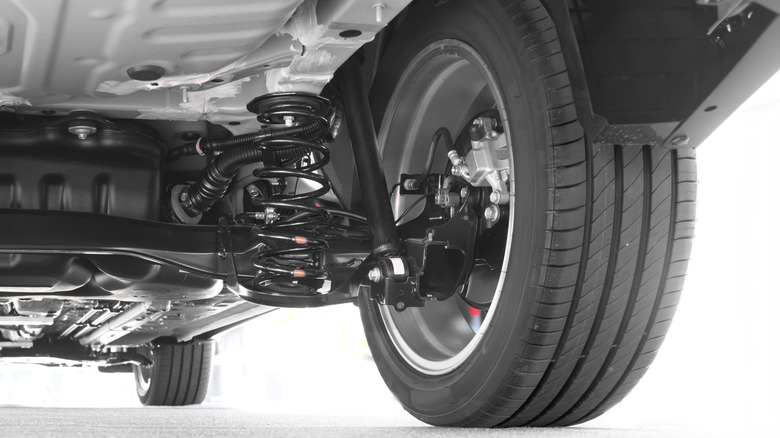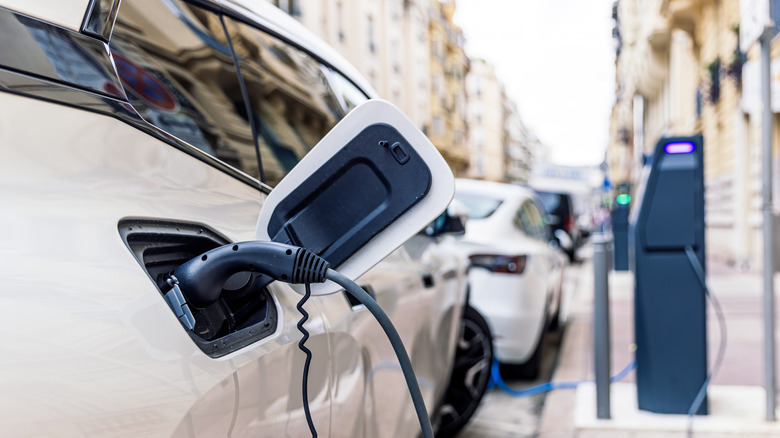Why You Should Avoid Tires With High Rolling Resistance If You Drive An EV
Several factors can influence the driving range of a modern EV. For instance, larger wheels may look cool and all, but the wheel size can definitely affect EV range. Meanwhile, the ambient temperature also plays an essential role not only in the range performance of your electric car, since temperature can also affect EV range significantly.
However, were you aware that tires can also significantly impact how far an electric car can travel on a full battery? Similar to how tires with low rolling resistance can help a gasoline car save fuel, it's the same banana with an EV. Rolling resistance,also known as rolling friction, is the energy required to maintain a consistent speed as the tires roll over the road surface.
If the motor requires more energy to get moving, it draws more power from the battery over time, and that can shorten the range of your EV. It's why you should avoid high-rolling resistance tires if you're looking to extend the range of your EV, since minimizing the rolling resistance of a tire means they require less energy to motivate the vehicle. The same adage applies to not only EVs, but also gas-powered vehicles, diesel trucks, and even commercial haulers. In short, low-rolling-resistance tires are beneficial to any vehicle when reducing fuel consumption or saving energy is a top priority.
Low rolling resistance tires are more beneficial to EVs
Tires with lower rolling resistance represent a breakthrough in minimizing the tire's rolling friction without compromising traction and grip. Hysteresis is the primary contributor to the rolling resistance of a particular tire, which is the energy loss that occurs when the tire's contact patch rolls over the pavement. As the tire rotates, the weight of the EV causes deformation and recovery of the rubber, a process that repeats continuously throughout your journey.
Hysteresis occurs when the energy of deformation, or when the tire contact patch touches the ground, exceeds the recovery energy, or when the deformation bounces back or recovers. The tire dissipates the energy loss as heat, and the powertrain must compensate for the loss of energy by sipping either more gas, or more electrons from the battery.
Rolling resistance occurs whenever a tire is in contact with the road and is an unavoidable process. However, technological advancements in tire manufacturing, including the use of silica-infused rubber compounds, optimized tire architecture, and computer-optimized tread patterns, have enabled tire manufacturers to minimize energy loss due to hysteresis, all while maintaining all-weather traction.
Of course, low-friction tires can only do so much in improving driving range. Maintenance plays a key role, such as keeping the tires inflated to the required air pressure, which is why every driver should know the recommended tire pressure for their electric cars. Driving with underinflated tires, even by just a few pounds per square inch, increases the rolling resistance of the tires and can shorten your EV's driving range.

